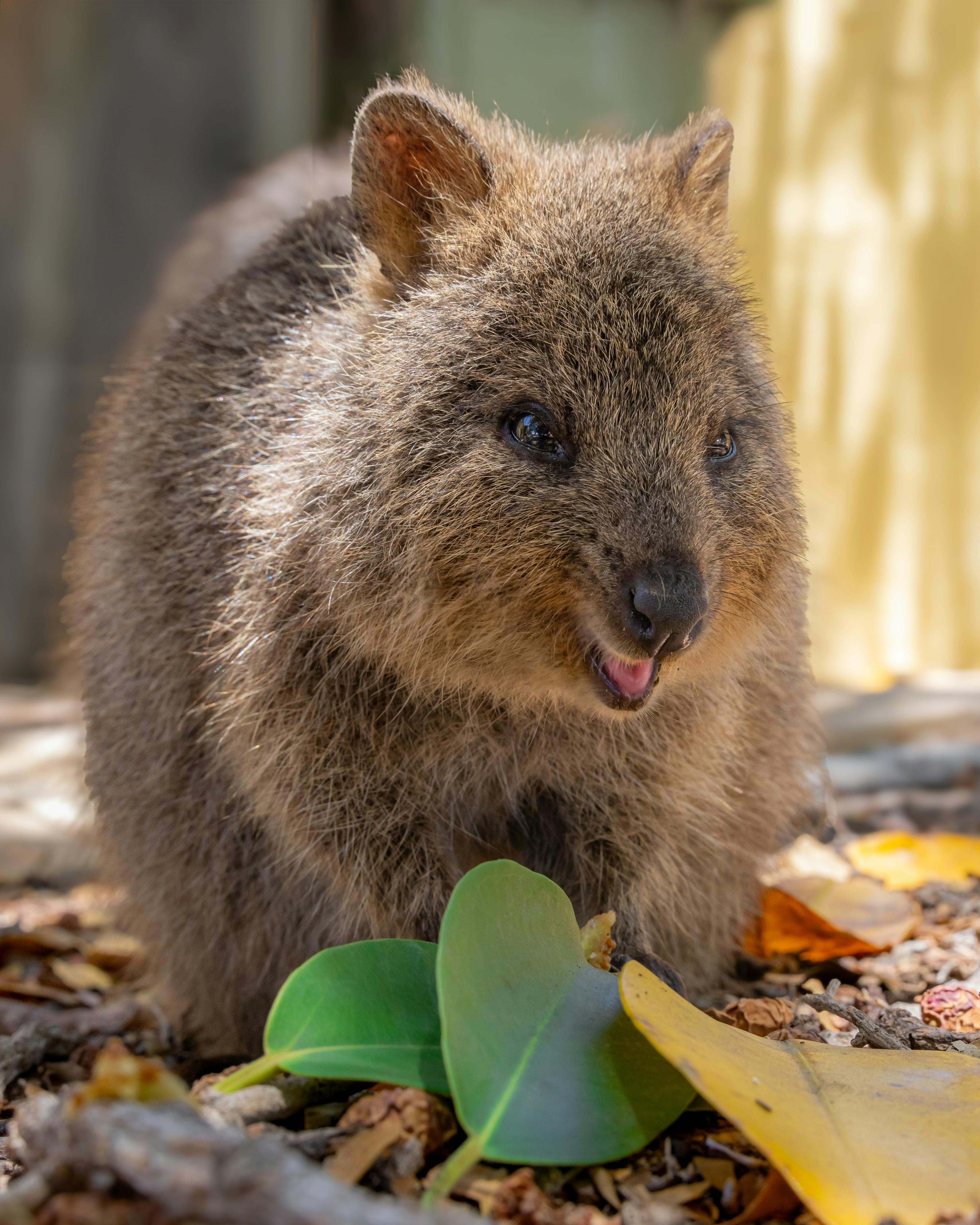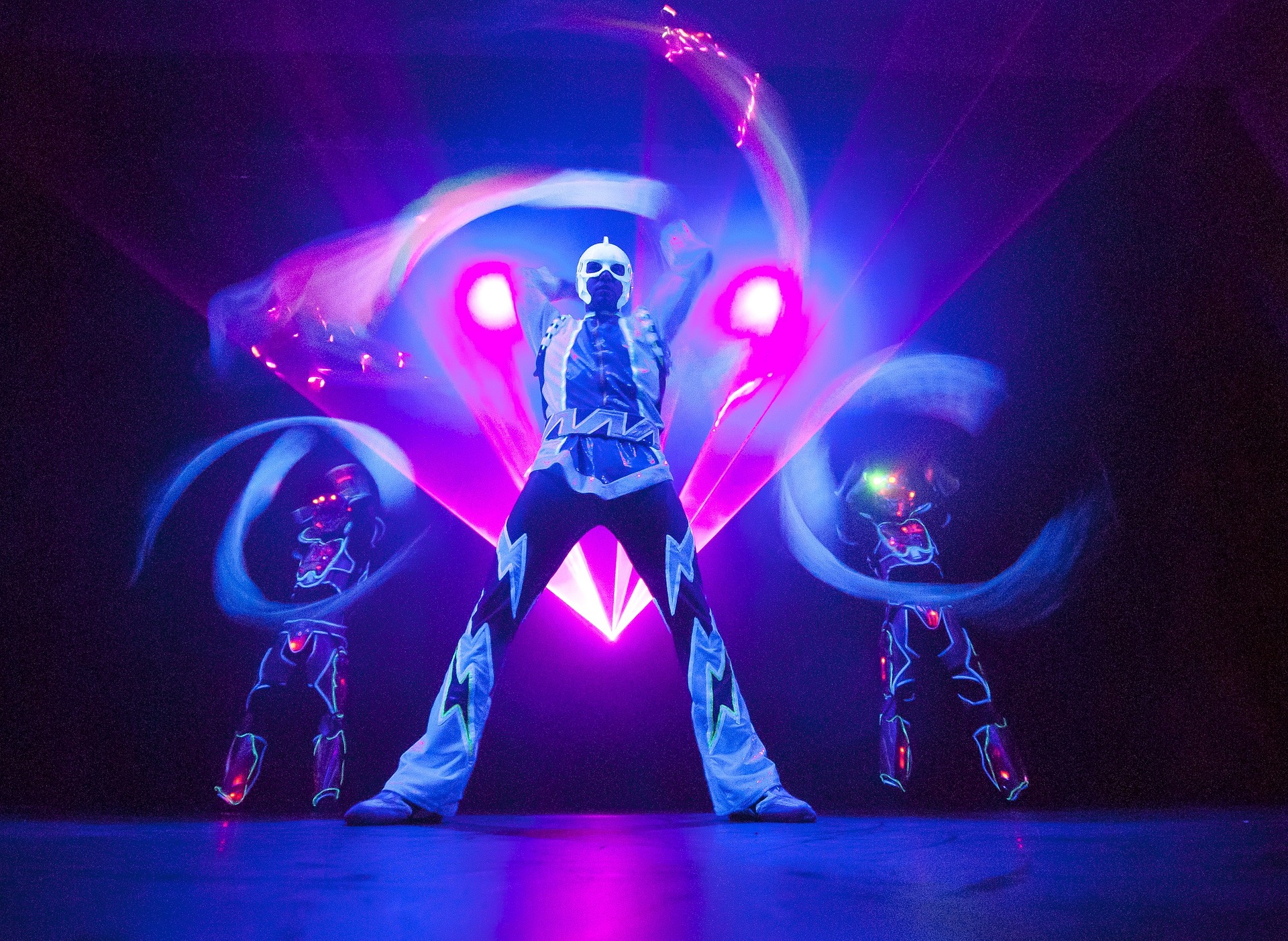Understanding Quokkas: The World's Happiest Marsupial
Quokkas, also known as Setonix brachyurus, have been charming internet users worldwide with their seemingly permanent smiles and friendly demeanor. However, there's much more to these adorable marsupials than their photogenic qualities. This article delves into the interesting world of quokkas, exploring their history, habitat, behavior, and the conservation challenges they face today.

A Historical Overview of Quokkas
Quokkas were first discovered in 1696 by a Dutch explorer named Willem de Vlamingh who mistook them for giant rats and thus named the island they were found on, ‘Rattennest,’ or ‘Rat’s Nest.’ Later, the island was renamed Rottnest Island. Native to Western Australia, these marsupials belong to the macropod family, which also includes kangaroos and wallabies. Despite their small size, quokkas have managed to survive for millions of years, adapting to various environmental changes.
Current Quokka Population and Habitat
Presently, the majority of the quokka population is found on Rottnest Island, with a smaller population on Bald Island near Albany and scattered communities within mainland Western Australia. These nocturnal creatures prefer a warm climate and live in tall grasses for shelter. They are herbivores feeding primarily on leaves, stems, and bark.
The Iconic Quokka Smile and Behavior
Quokkas have gained internet fame for their seemingly cheerful disposition. However, the ‘smile’ is actually due to the structure of their mouth. Behaviorally, quokkas are quite friendly and have little fear of humans, likely due to lack of natural predators on the islands they inhabit. But, it’s essential to remember that they are wild animals and should not be treated as pets.
Market Impact of Quokka Tourism
Quokka-related tourism has been a significant boost for Western Australia’s economy. Thousands of tourists flock to Rottnest Island annually for a chance to see these friendly creatures up close, contributing an estimated AUD 45 million to the local economy each year. However, the increase in human interaction isn’t always beneficial for these adorable marsupials.
Quokka Conservation Challenges
Despite the popularity of quokkas, they are listed as ‘vulnerable’ on the IUCN Red List. Predation by introduced species like foxes and cats, habitat destruction, and climate change pose serious threats to their survival. Additionally, human interaction, while economically beneficial, can harm quokkas if people feed them inappropriate food or handle them excessively.
Although the story of quokkas is not new, their story continues to evolve with the growing interest in wildlife tourism and conservation. These adorable creatures serve as a reminder of the delicate balance between human activity and wildlife preservation. Next time you see a quokka ‘smiling’ in a photo, remember the rich history and ongoing challenges these captivating creatures face, and consider how you can contribute to their conservation.
(Note: The image provided with this article is unrelated to the content about quokkas. It depicts people sitting on a couch with a dog, which contrasts with the article’s focus on quokkas.)





